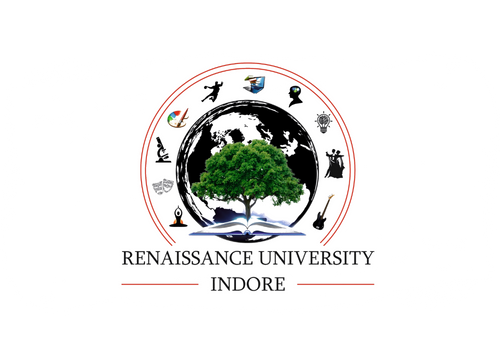




Previous
Next
RU DET Syllabus-Fashion A GREAT FUTURE RELIES
ON GREAT EFFORT.
UNIT 1
Theories of Clothing Origin –
Theories of Clothing Origin –
1. Protection theory, Modesty Theory, Self-Adornment Theory, Combined Need Theory 2. Theories of Fashion Adoption – Trickle-down Theory (Traditional Fashion Adoption), Trickleacross theory (Mass Dissemination), Trickle-up Theory or Bottom-up Theory (Reverse Adoption)
UNIT 2
Fashion Cycles –
Fashion Cycles –
1. Stages of the fashion cycle – Introduction, Increase in popularity, Peak of popularity, Decline of popularity, Rejection of popularity.
2. Length of fashion cycles – Cycles for long-lived fashions, Cycles for short-lived fashions, Breaks in cycles, Cycles within cycles, Recurring cycles Fashion leaders and followers – Fashion leaders, Fashion motivations, Fashion innovators, Fashion victims, Fashion Followers.
2. Length of fashion cycles – Cycles for long-lived fashions, Cycles for short-lived fashions, Breaks in cycles, Cycles within cycles, Recurring cycles Fashion leaders and followers – Fashion leaders, Fashion motivations, Fashion innovators, Fashion victims, Fashion Followers.
UNIT 3
Elements and Principles of Design –
Elements and Principles of Design –
1. Study& Exploration of Elements of Design –Point, Line, Form, Space, Color, Tone, Texture.
2. Study& Exploration of principles of design–Unity, harmony, balance, emphasis/ dominance, rhythm, proportion
2. Study& Exploration of principles of design–Unity, harmony, balance, emphasis/ dominance, rhythm, proportion
UNIT 4
Textiles –
Textiles –
1. Fibers: classification, Introduction, properties and end uses of natural and man-made fibers
2. Yarns: Introduction, Types-ply yarns, novelty yarn, textured yarn. Manufacturing process- spinning systems.
3. Fabric forming methods weaving, knitting, netting and non-woven and its application in apparel.
4. Printing: Introduction, Equipment, process, Types, Advantages, disadvantages and end uses
2. Yarns: Introduction, Types-ply yarns, novelty yarn, textured yarn. Manufacturing process- spinning systems.
3. Fabric forming methods weaving, knitting, netting and non-woven and its application in apparel.
4. Printing: Introduction, Equipment, process, Types, Advantages, disadvantages and end uses
UNIT 5
Method of teaching –
Method of teaching –
1. New Techniques in teaching methodology and their uses, advantages.
2. Women Empowerment through education, awareness and legal issues.
3. Communication Skills – Approach, Types, Uses and recent trends.
4. Role of fashion education in personal growth and professional development.
2. Women Empowerment through education, awareness and legal issues.
3. Communication Skills – Approach, Types, Uses and recent trends.
4. Role of fashion education in personal growth and professional development.


